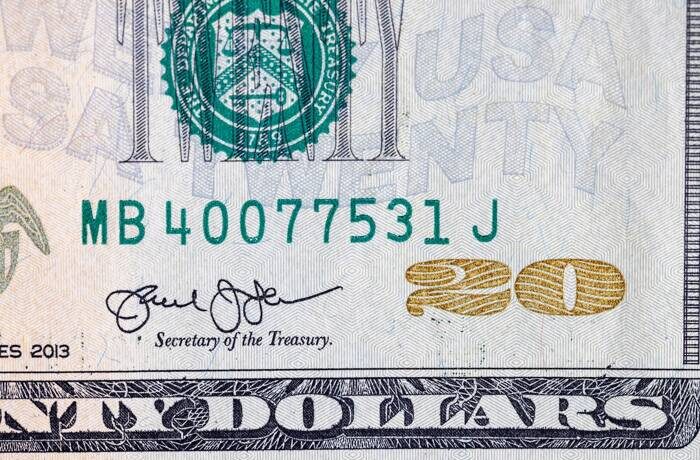Hard Data Is yet to Follow Soft Data
Heading into the event, we are aware that soft data demonstrate a soft economy, which includes consumer and business sentiment surveys. In contrast, hard data has yet to follow suit and remains reasonably robust.
You will recall that CPI inflation data (Consumer Price Index) came in lower-than-expected in April, providing a modest shot in the arm for risk assets. Should retail sales come in stronger-than-anticipated, this could fan the fire and fuel the risk rally.
The April jobs report revealed that the US economy added 177,000 new payrolls according to the establishment survey. Consisting of 167,000 new private jobs and 10,000 government roles, this defied the market’s median estimate of 130,000, though it was lower than March’s downwardly revised reading of 185,000. According to the household survey, the population increased by 174,000, and the labour force grew by 518,000, resulting in a 0.1 percentage point increase in the labour force participation rate to 62.6%. As expected, the unemployment rate held steady at 4.2%, while average hourly earnings rose by less-than-expected on both a month-on-month and year-on-year basis, increasing by 0.2% (down from the 0.3% estimate) and 3.8% (down from 3.9% expected), respectively.
On the growth side, real GDP (Gross Domestic Product) – that is, economic activity adjusted for inflation – fell to an annualised rate of 0.3% in Q1 25. However, to clarify, this is the first estimate; there are three monthly estimates to complete the quarter, with the next being the preliminary and then the final print. According to the Bureau of Economic Analysis, the slowdown in growth was largely due to increased demand for imports. Nevertheless, according to the Atlanta Fed’s GDPNow latest estimate (May 8), real GDP is now expected to grow at an annualised pace of 2.3% in Q2 2025.
USD Unwind?
According to the Commitment of Traders report (COT), the US dollar (USD) is overstretched to the downside, and the Citigroup Economic Surprise Index has been largely subdued, indicating that hard data has yet to be impacted by global trade tensions. This, coupled with the Fed in ‘wait-and-see’ mode and positive sentiment fuelling USD bids following the temporary US-China trade truce announced earlier this week, leads me to remain of the view that there is a solid backdrop for a higher USD. Consequently, my preference heading into the event would be to look for a beat in the data and possible long opportunities.
The USD index remains at monthly support at 99.67, but is struggling to overthrow the 50-month simple moving average (SMA) at 102.05, as well as daily resistance from 101.92/50-day SMA. As you can see from the charts below, daily support is now in play at 100.54, and, ultimately, I am looking for this level, along with the 38.2% Fibonacci retracement ratio at 100.45, to hold ground.


